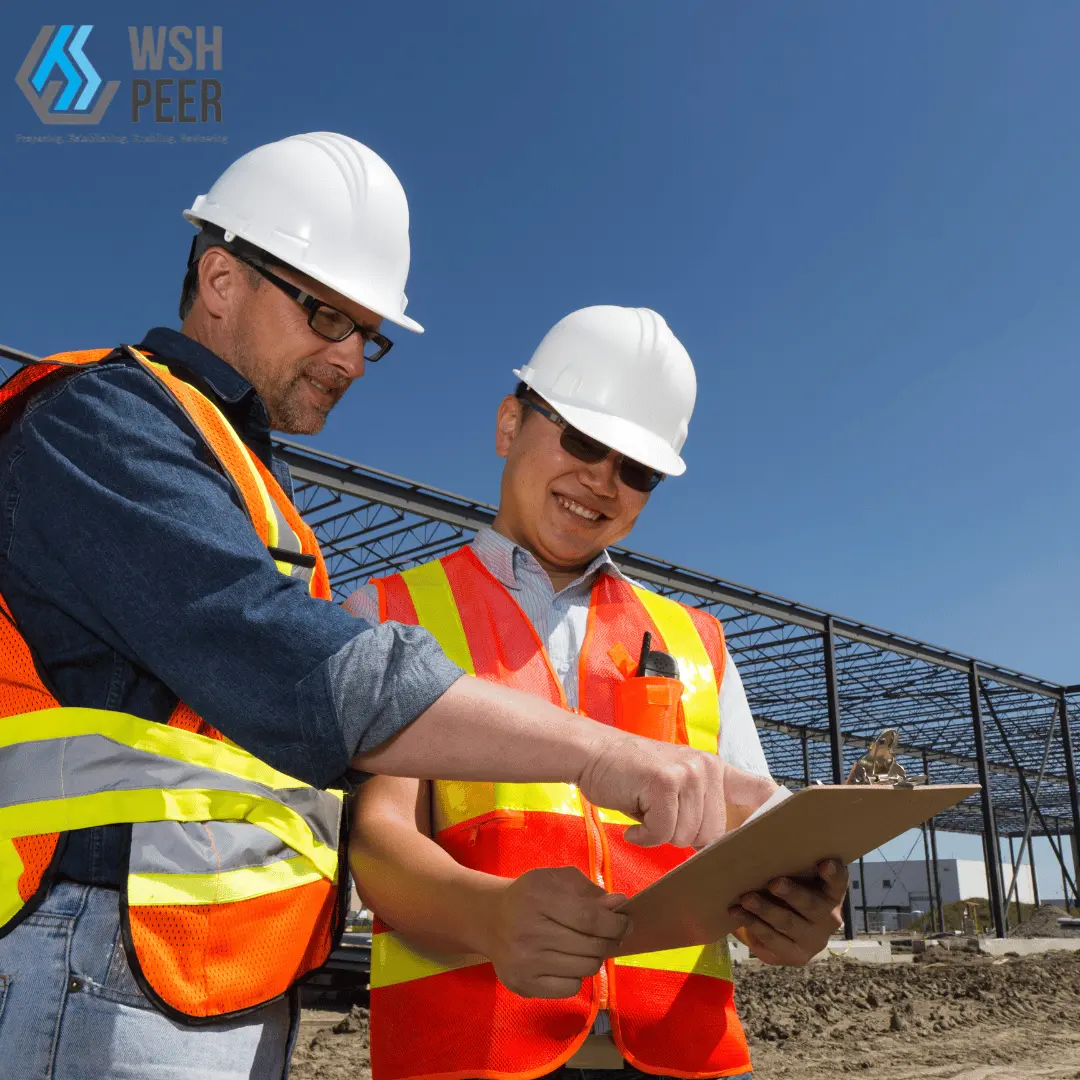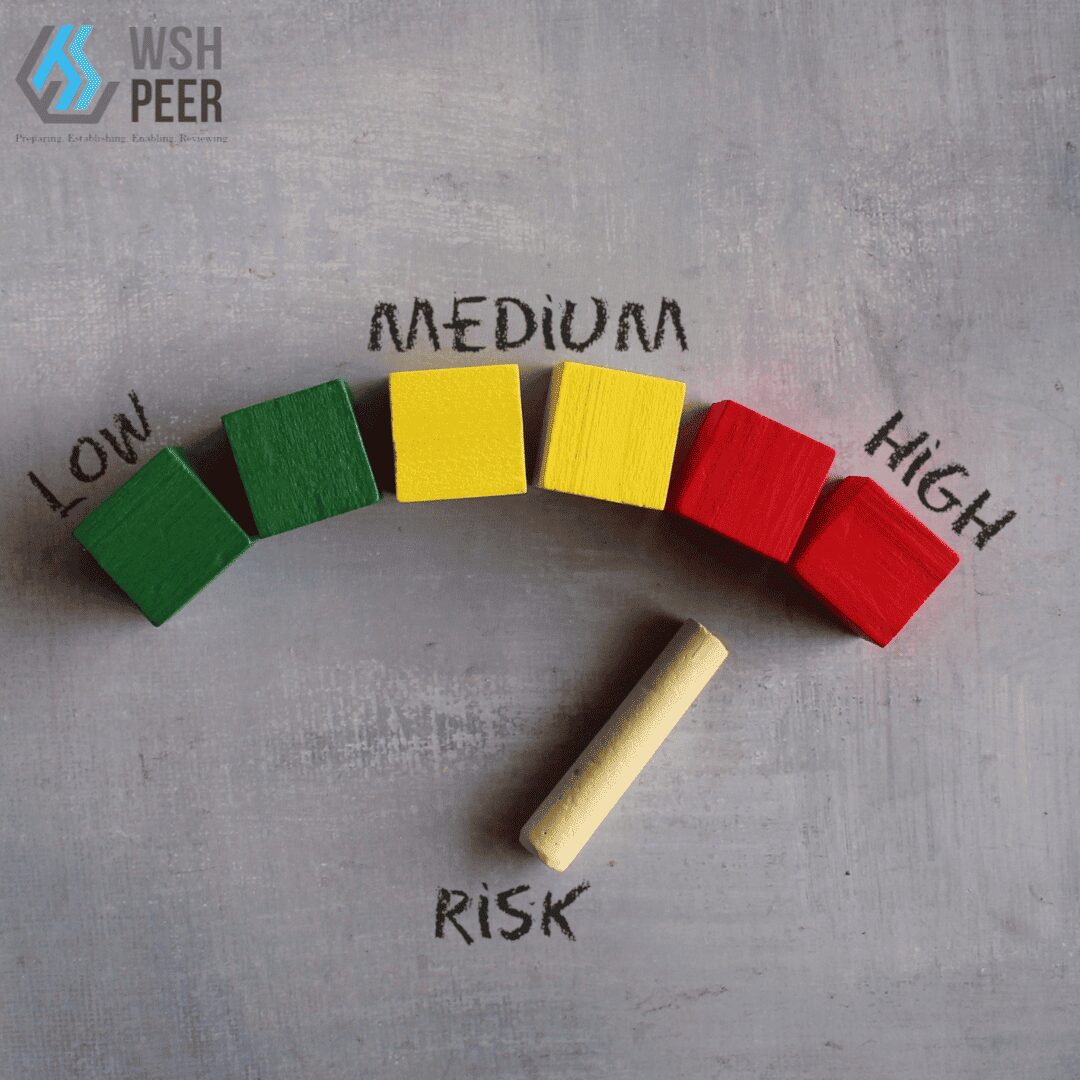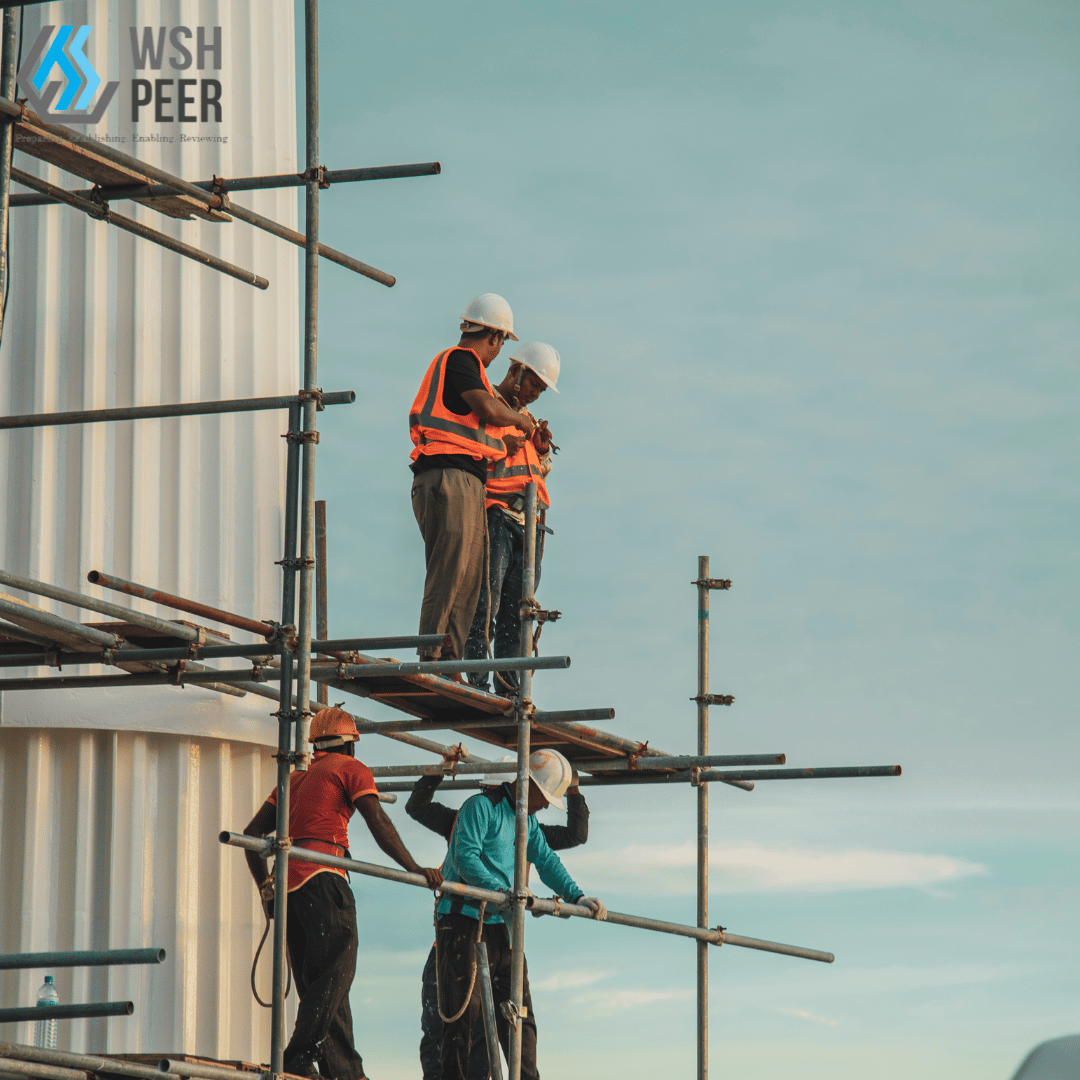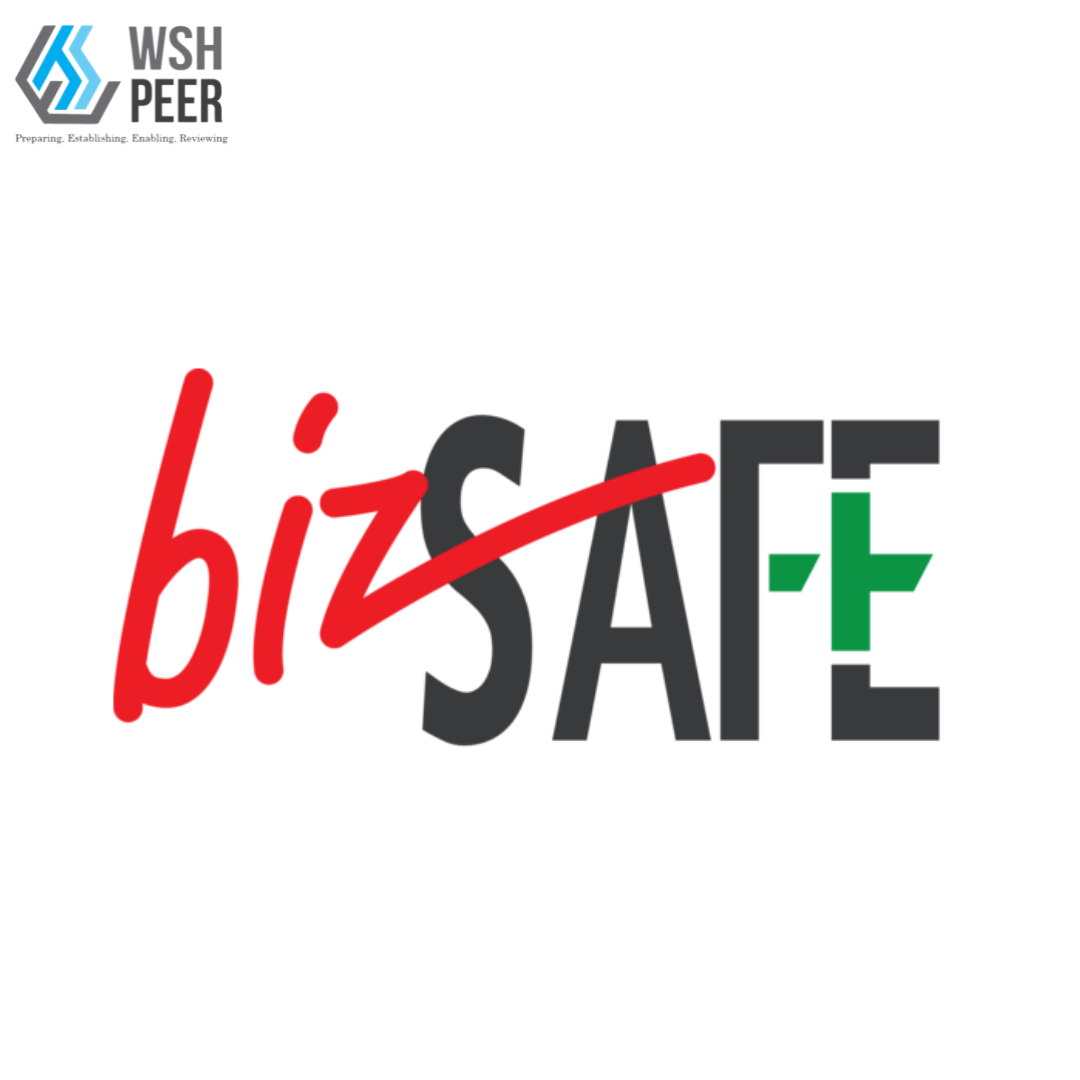We all want our teams to get home safe at the end of the day. But somewhere along the way, myths and outdated beliefs about workplace safety have crept into our routines and they’re holding us back.
Maybe you’ve heard things like “It’s just a desk job, we don’t need safety protocols,” or “Training once is enough,” or even “Accidents happen, nothing we can do.”
The truth? These myths can do real harm. Not just to the people we work with, but also to the business we’ve worked so hard to build. Whether you’re a safety officer keeping things in check, a site manager juggling deadlines and people, or a small business owner doing it all, this article is for you.
Let’s walk through the most common workplace safety myths, clear them up, and figure out how to create a culture that actually keeps people safe.
Myth #1: Workplace Safety Is Only Important in Heavy Industries
Many people believe that Workplace Safety and Health (WSH) only apply to industries like construction, mining, or manufacturing. This is one of the most pervasive workplace safety myths.
The Truth: Every Workplace Has Hazards
Even workplaces that seem low-risk, like offices, hospitals, or restaurants have their own safety concerns:
In offices, poor posture or a badly set up workstation can lead to muscle and joint problems.
In hospitals, staff may be exposed to harmful chemicals or biological hazards.
In kitchens, there’s a higher risk of burns, slips, and fires.
No matter the industry, the goal of Workplace Safety and Health (WSH) stays the same: to prevent injuries, illnesses, and unsafe conditions by managing risks before they cause harm.
Myth #2: Implementing a Safety Program Is Too Expensive
Some small business owners hesitate to invest in safety because they view it as a cost center rather than a business enabler.
The Truth: Prevention Is Far Cheaper Than Accidents
Yes, implementing a workplace safety program does involve some upfront investment. These may include:
Safety training to ensure workers understand how to identify hazards and follow safe procedures
Personal protective equipment (PPE) such as gloves, helmets, goggles, or safety shoes to reduce the risk of injury
Digital reporting tools or safety software to streamline inspections, track incidents, and manage compliance efficiently
However, the cost of ignoring safety can be much greater and more damaging over time. Consider the consequences:
Medical expenses and compensation claims for injured workers, which can quickly add up
Legal fines and penalties for failing to meet safety regulations, especially after an incident
Operational downtime caused by accidents or investigations, disrupting work and delaying projects
Reputational damage that erodes trust among employees, clients, and stakeholders
Investing in safety is not just a necessary expense, it’s a strategic investment. A strong safety culture improves employee morale, enhances productivity, and protects your business from avoidable risks, helping ensure long-term growth and profitability.
Myth #3: Accidents Are Unavoidable in High-Risk Jobs
Another common and harmful workplace safety myth is the belief that accidents are just part of the job, especially in high-risk industries like construction, manufacturing, or healthcare.
The Truth: Most Workplace Accidents Can Be Prevented
Studies and real-world experience show that the majority of workplace incidents don’t happen by chance; they happen when safety is overlooked. Most accidents are caused by:
Insufficient safety training that leaves workers unprepared for real risks
Ignoring or skipping procedures, often in the name of saving time
Using faulty or inappropriate tools and equipment that create avoidable hazards
Complacency, where familiarity leads to carelessness or risk-taking
Preventing accidents starts with taking safety seriously. That means:
Conducting thorough hazard assessments
Maintaining ongoing safety checks and inspections
Promoting a safety-first culture where every worker is encouraged to speak up and follow best practices
Accidents aren’t inevitable, they’re often the result of preventable gaps. The key is staying proactive, not reactive.
Myth #4: Workplace Safety Is Management’s Responsibility Alone
It’s a common misconception that only managers or safety officers are responsible for keeping the workplace safe.
The Truth: Safety Is Everyone’s Responsibility
While leadership sets the tone and puts safety systems in place, every worker has a vital role to play in creating and maintaining a safe work environment. When safety becomes a shared responsibility, it becomes part of the workplace culture.
A strong safety culture looks like this:
Workers reporting hazards or near-miss incidents before they lead to harm
Everyone following standard operating procedures (SOPs), not just when someone is watching
Using personal protective equipment (PPE) correctly, every time, without shortcuts
Looking out for one another, especially in potentially dangerous situations
True workplace safety happens when everyone, from top management to frontline workers, works together. When safety is seen as a team effort, it becomes stronger, more consistent, and far more effective.
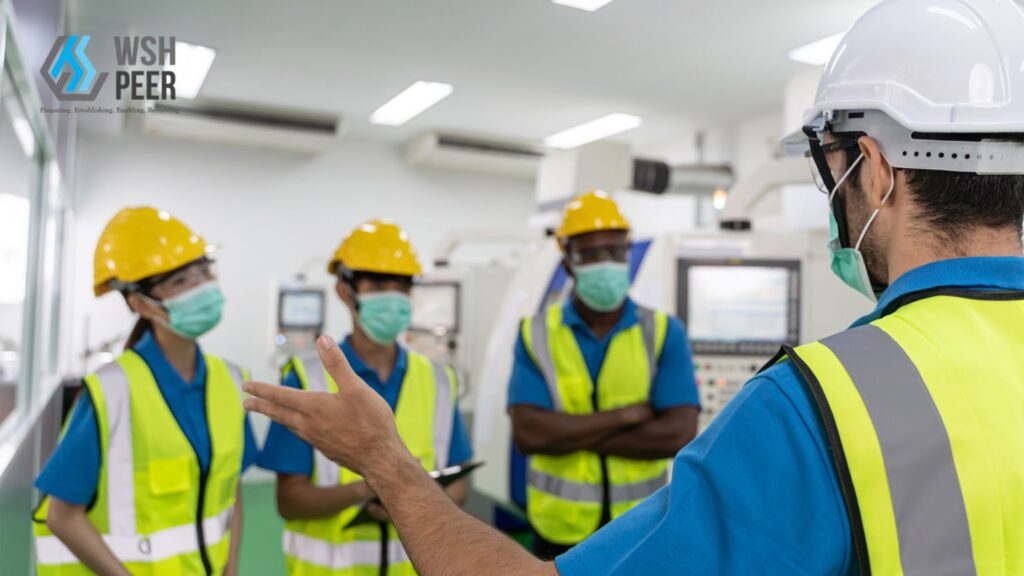
Myth #5: Safety Training Is a One-Time Requirement
Some companies provide a one-time safety orientation for new hires but neglect to offer refresher training or regular updates as time goes on.
The Truth: Safety Training Should Be Continuous
Workplace hazards aren’t static, they change as new equipment, materials, or processes are introduced. Without ongoing training, even experienced employees can become unaware of emerging risks or forget critical procedures.
To keep safety knowledge fresh and relevant, regular training should include:
Updates on new safety procedures or regulatory changes
Emergency response drills to ensure everyone knows what to do under pressure
Training on new tools, machines, or technologies
Refresher courses that reinforce core safety practices for all staff
Think of safety training as part of your company’s continuous improvement strategy, not a one-off event. Keeping everyone informed and prepared helps build a safer, more resilient workplace.
Final Thoughts
Workplace safety is far too important to be guided by assumptions or outdated beliefs. The people you work with every day deserve more than quick fixes, they deserve a safety system that works, backed by leaders who genuinely care.
Real progress starts when we let go of the myths and focus on what truly keeps workers safe:
Safety matters in every workplace
Prevention saves money and lives
Training should be continuous and relevant
Everyone has a role to play in safety
Digital tools make safety management simpler and smarter
You already care about safety. Now it’s time to take the lead and help build a culture where safety is everyone’s priority.
Ready to Break Free from the Myths?
Try PEER and see how easy it can be to build a smarter, safer, more connected workplace.
No apps, no fuss, just one powerful web platform that helps you get safety right.



